.jpg)
.jpg)

Well, we are arriving in Hungary and there is something that is always done...and that is "passport control". With other borders, they go through the passports with Viking, but with Hungary, they want to do a "face check". This was done at 6am. No pictures allowed.
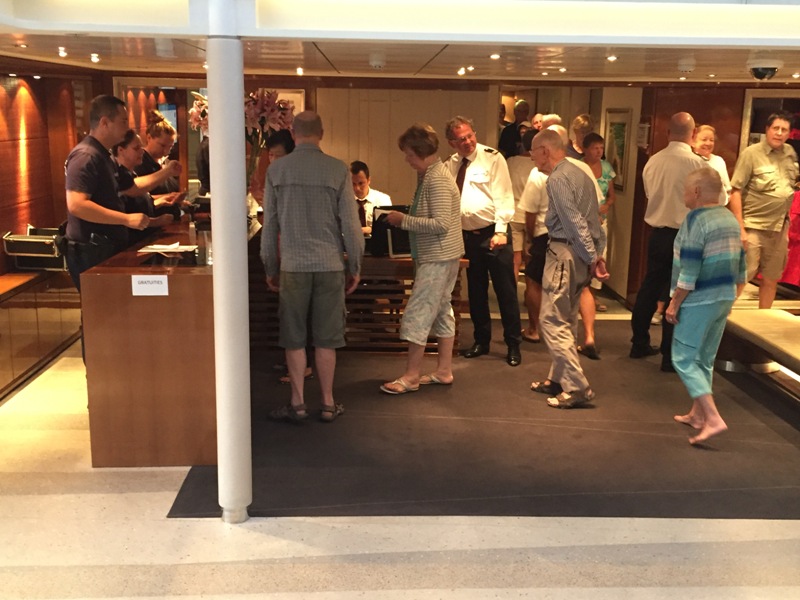
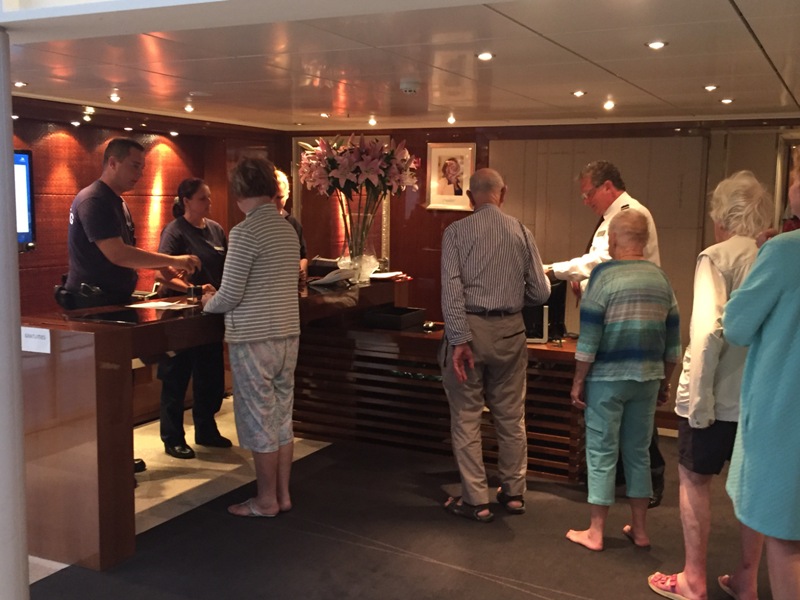
Once it was done, there was nothing to do but wait for breakfast and read "The Canadian" news. On that topic, they had news from Australia, England, USA...they covered nearly everyone I can think of.
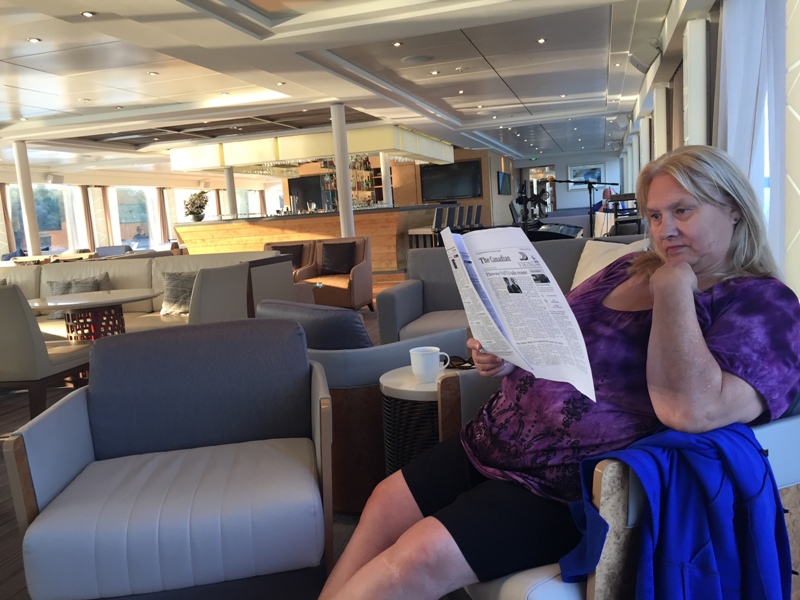
As we mosied on down the river, we enjoyed the scenery
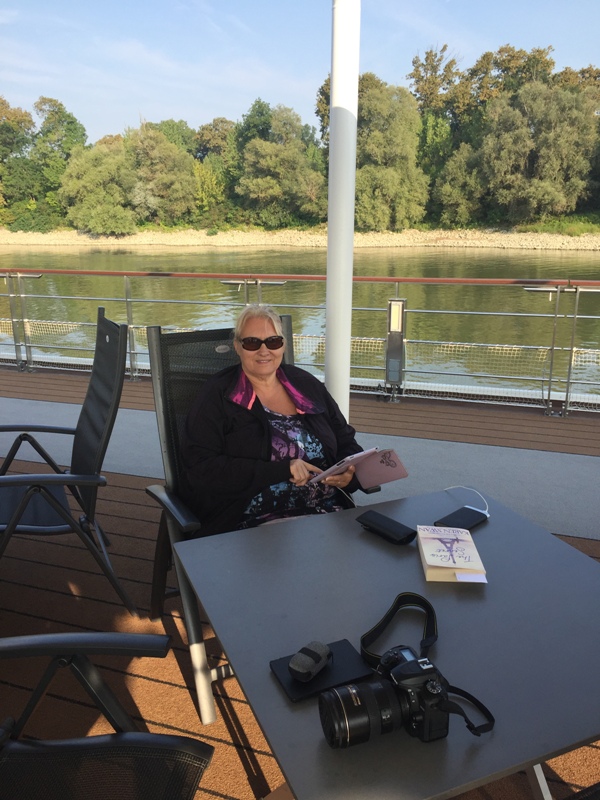
If it was too breezy on top, we found a nice view from one of the decks below
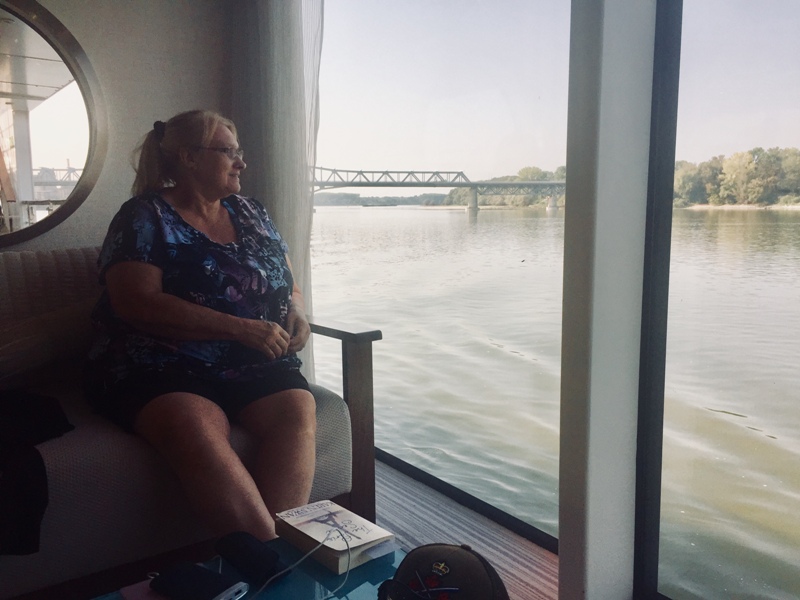
So we were on deck #3 as I see the coffee machine behind me (which housed an endless supply of cookies)...we drank mostly hot chocolate during the cruise.
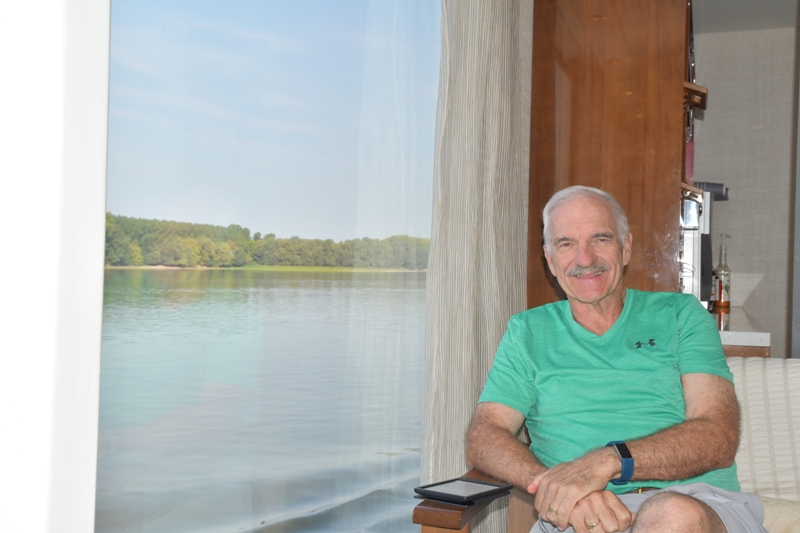
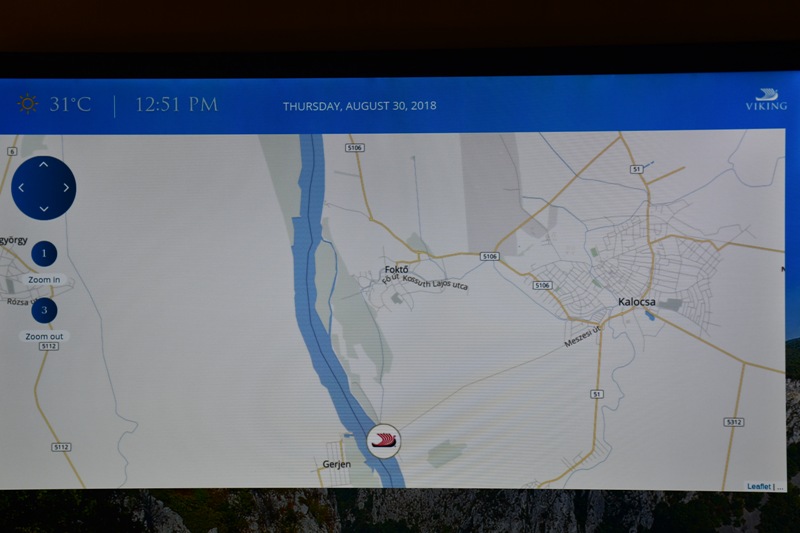
The horses and Magyar cowboys at the Hungarian horse show on a ranch near Kalocsa, Hungary are a highlight of a Danube River cruise in eastern Europe. The Puszta or Great Hungarian Plain is covered with large ranches, and Magyar cowboys demonstrate their equestrian skills in the show. UNESCO declared part of the Puszta, the Hortobágy National Park, a World Heritage Site in 1999.
The Magyar cowboys take their name from the region of the same name, and the Hungarian people are often called Magyar. The Magyars originated as tribes who lived in the Tarim Basin of what is now China. They first emigrated to the Ural Mountains of Russia, which were once considered the natural boundary between Europe and Asia. The semi-nomadic Magyar tribes eventually settled in what is now Hungary about 895 A.D.
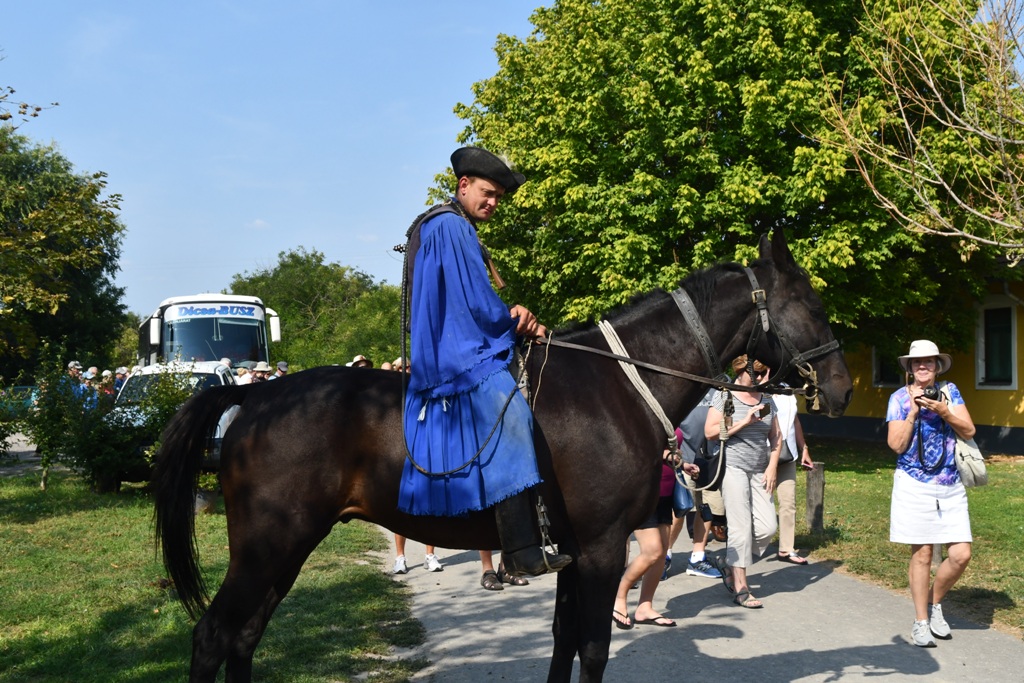
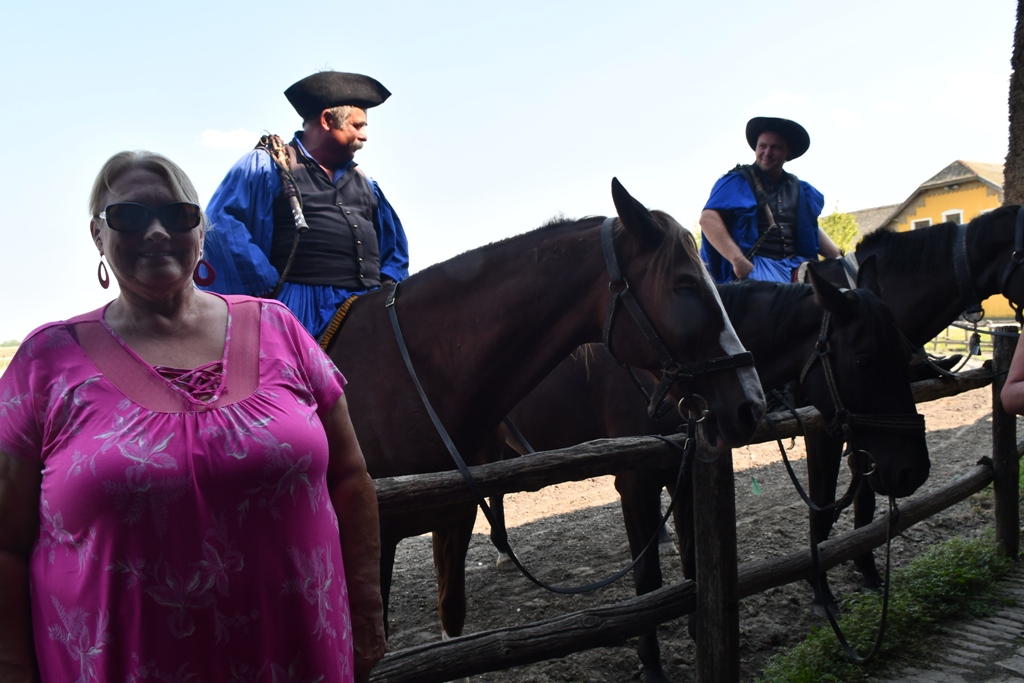
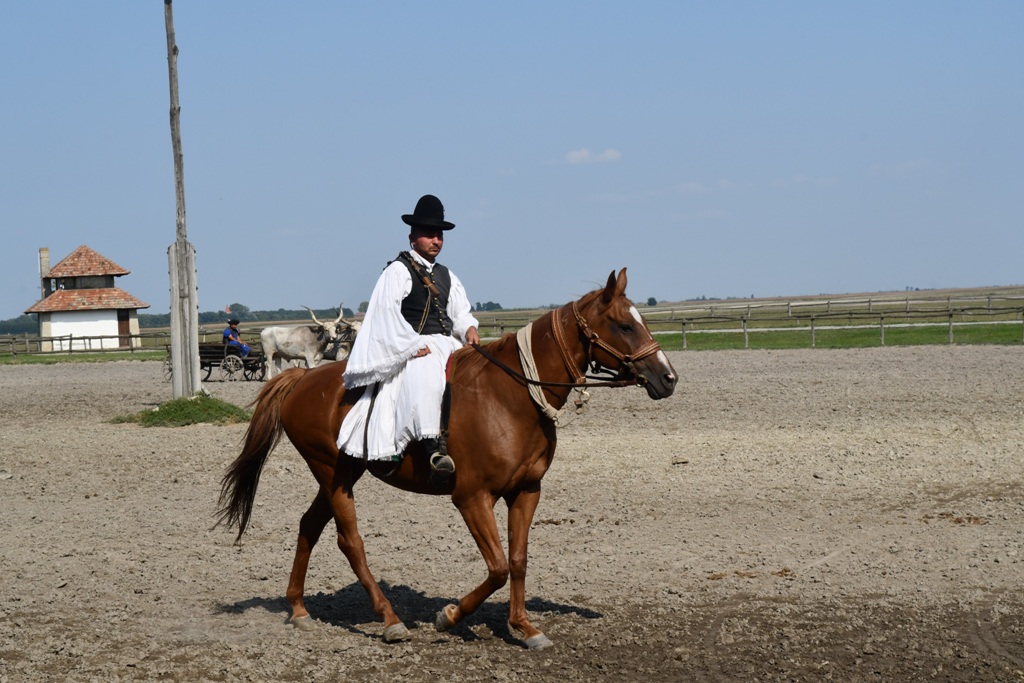
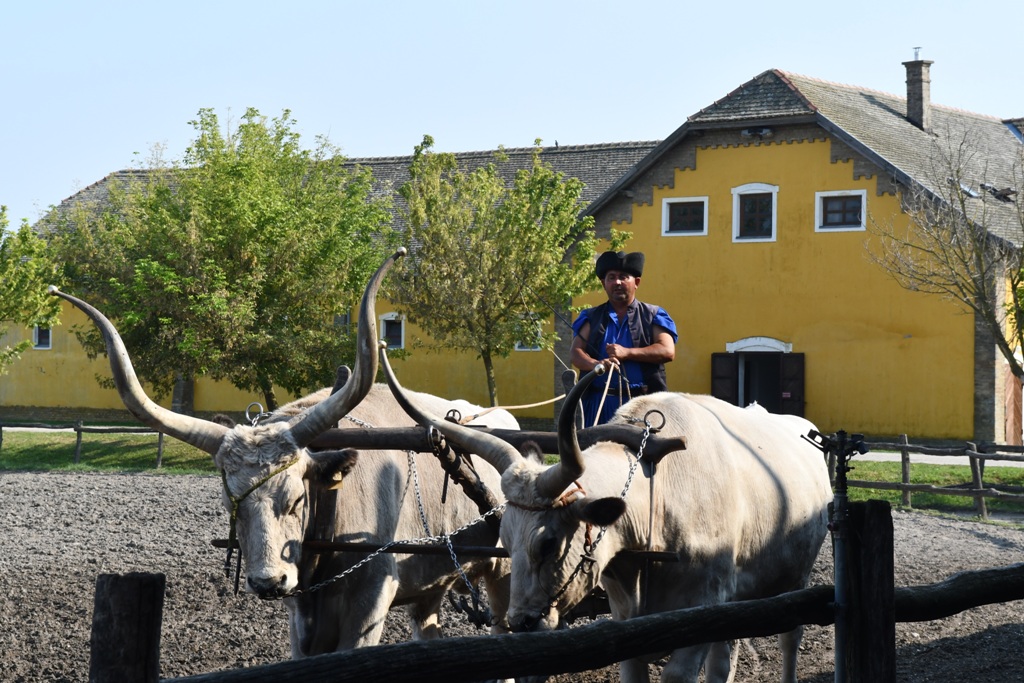
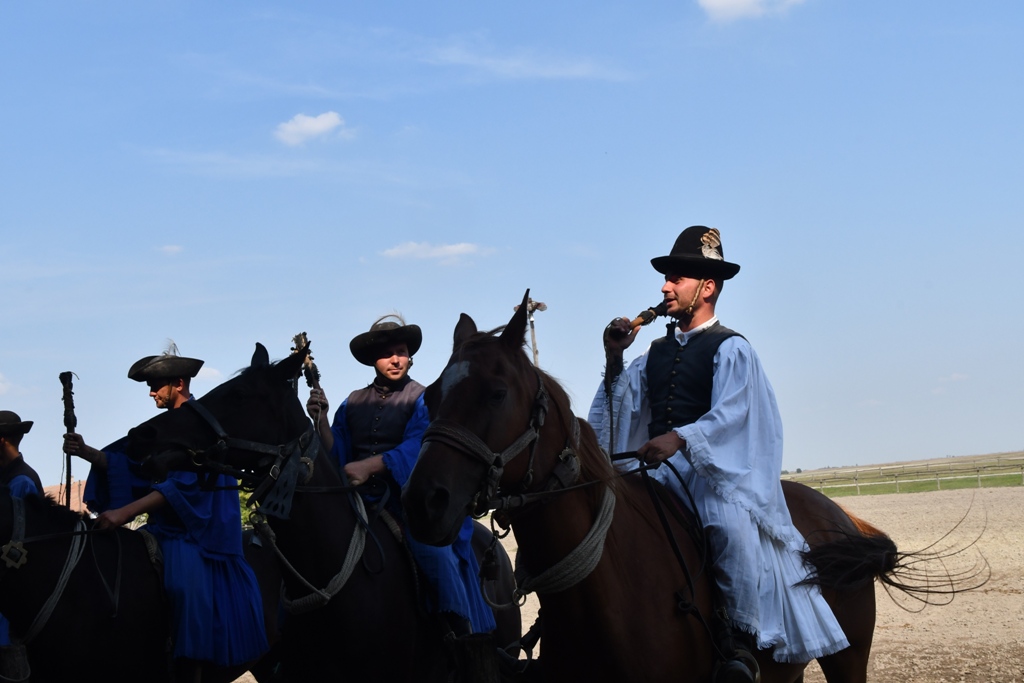
The riders taught their horses to sit or lie down to provide a smaller target during a battle or protection for the rider
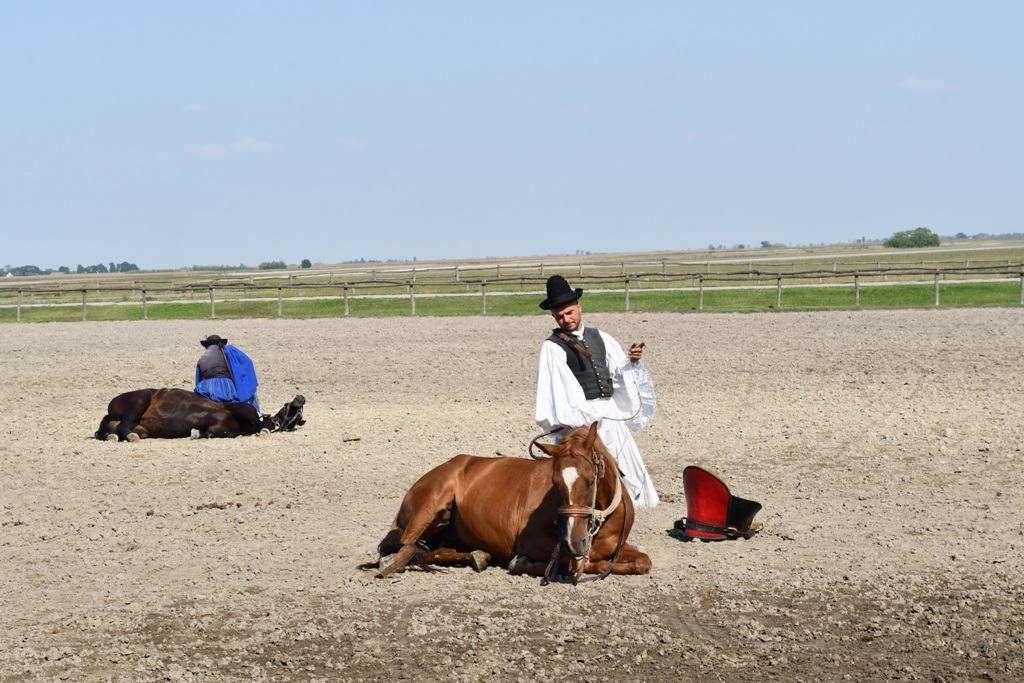

3 horses pulling ate hungarian 1/2 bred. The Hungarian Half bred horse has a very interesting history. The nation of Hungary began producing sport and
leisure mounts during the 1960s, carrying on their tradition of breeding lovely horses. The breeders imported
Hanoverians and Holsteins
to cross with the Furioso and Gidran in an attempt
to create a horse perfectly suited for the requirements of the time. The Gidran, which can be accurately referred to as the Hungarian Anglo-Arab,
has been traced back to an Arabian stallion called Gidran Senior. This stallion
was imported to Hungary in 1816. The colt of Gidran Senior, Gidran II, was bred from a Spanish mare and became the foundation sire of the
breed which bears his name.
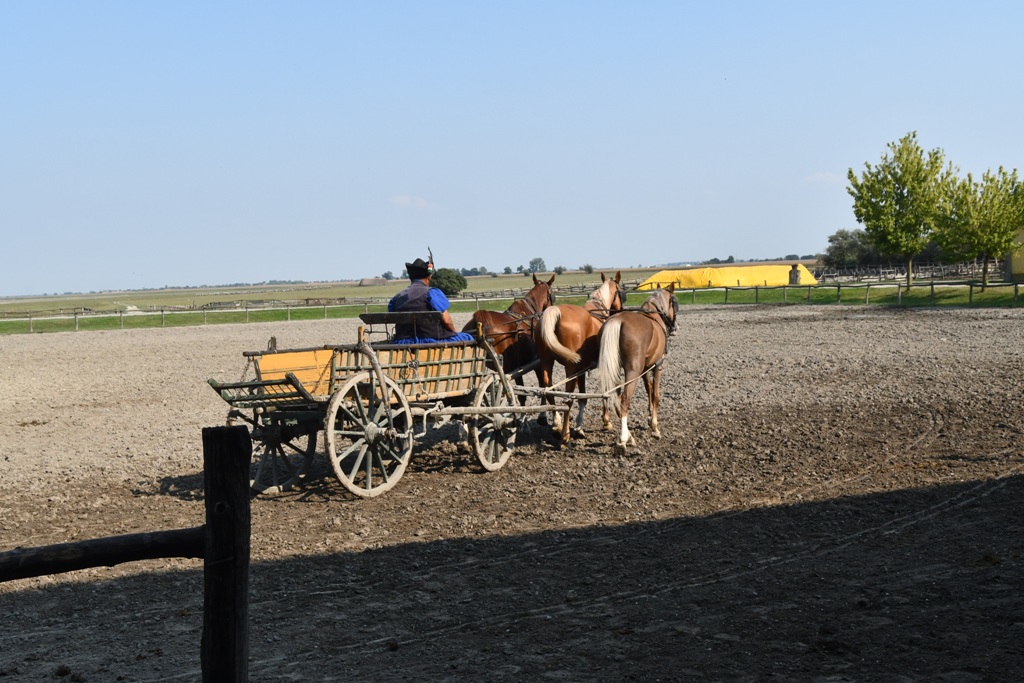
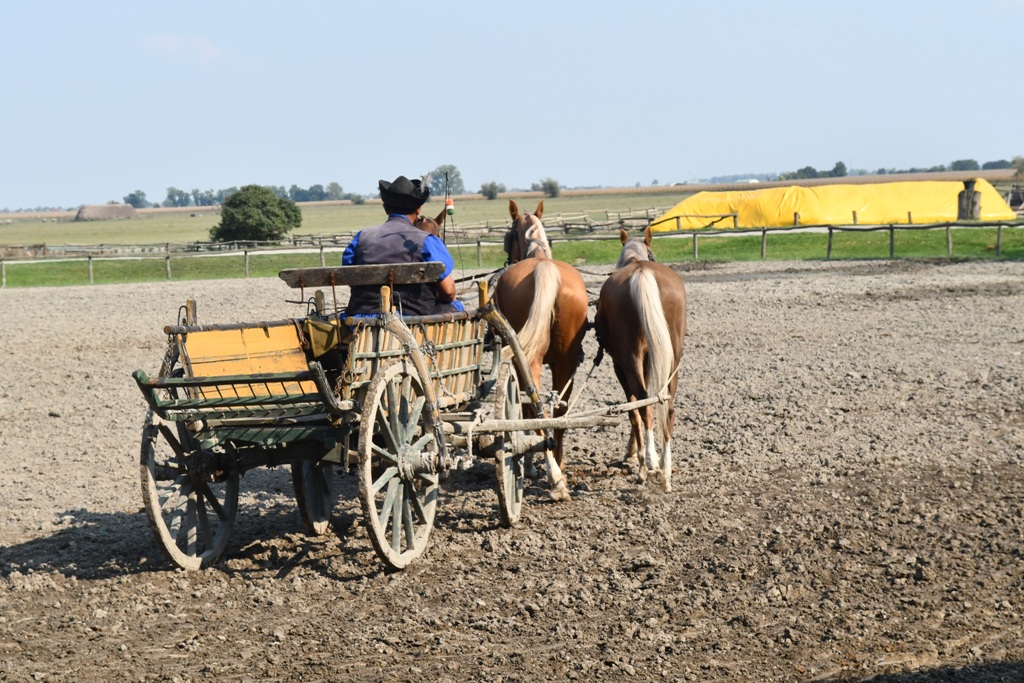
The two horses on the left pull the front and the other horses pulls the rear wheels. They call it the first "All Wheel Drive". 4 Horses is teh look of the wealthy and especially if you have 4 horses that all look the same.
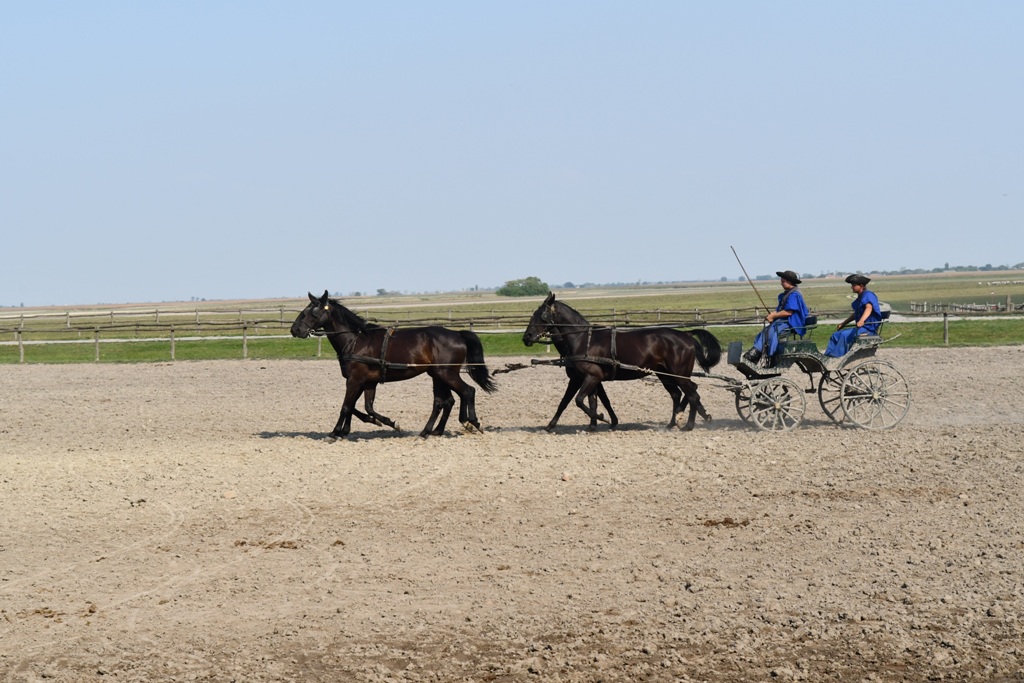
Some of their horses were used in Game of Thrones as well as therapy for children.
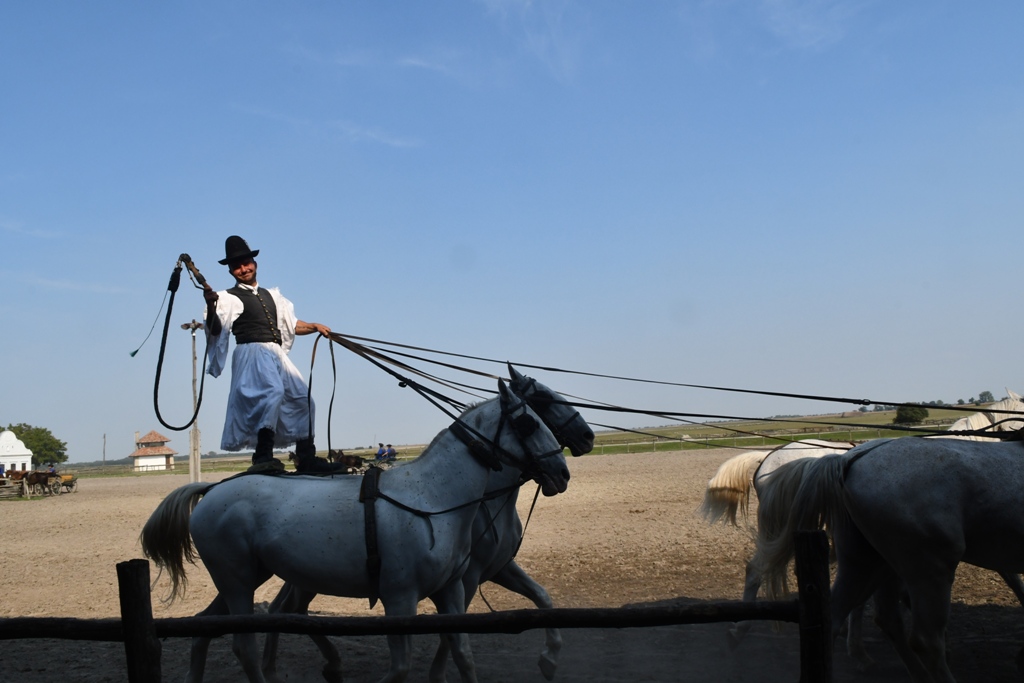
The climax of the show is a complicated twist to the Hungarian five-horse racing, more commonly known as the "Puszta-fiver". This cowboy used nine horses rather than five!
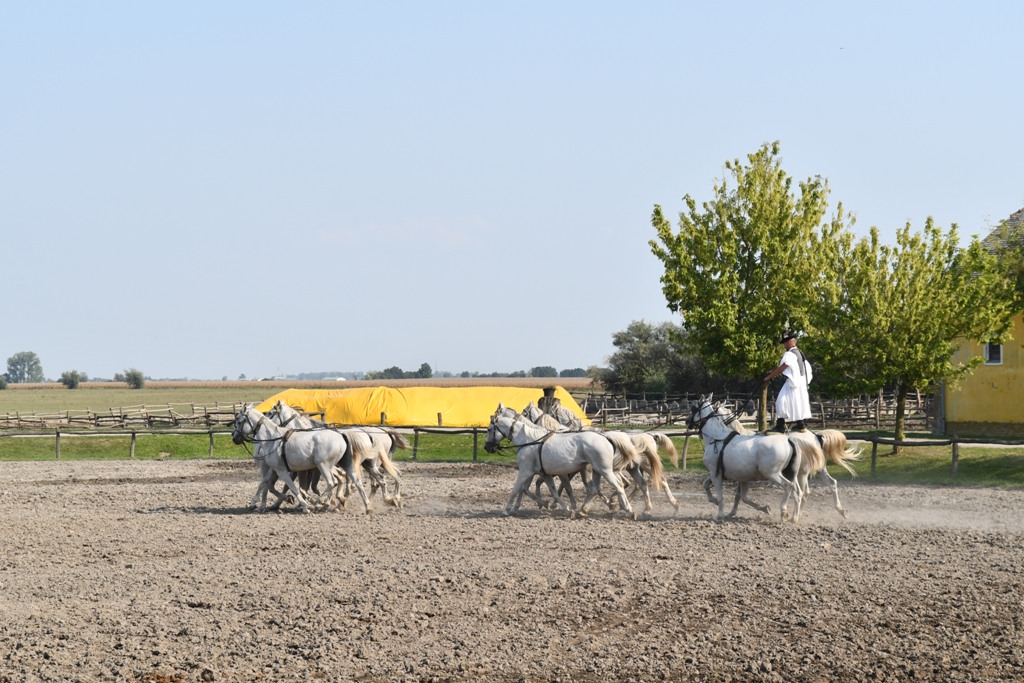
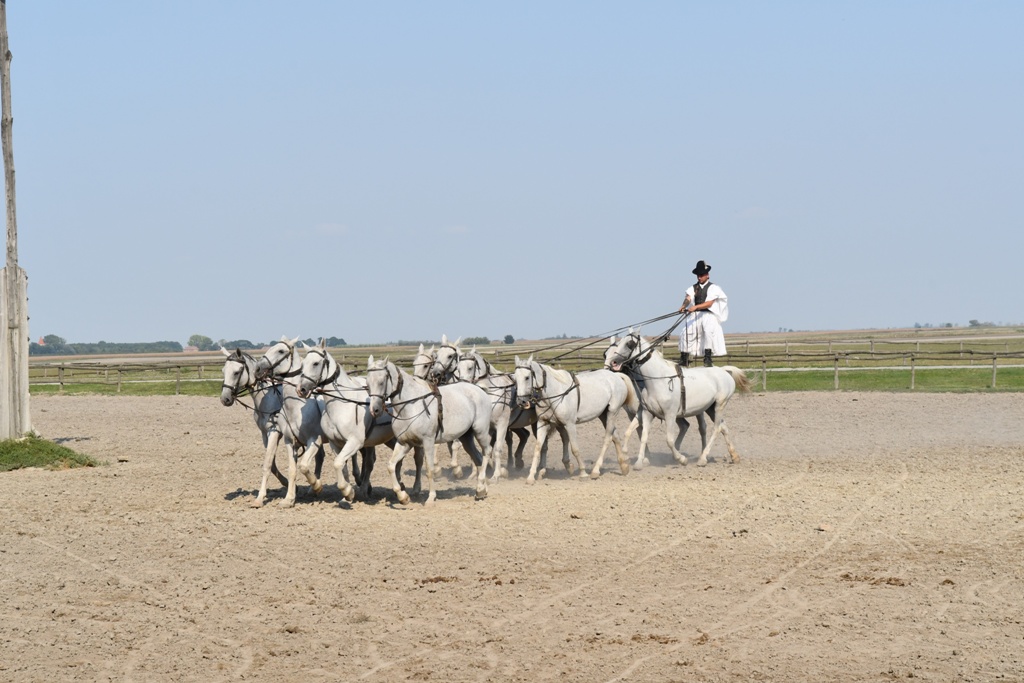
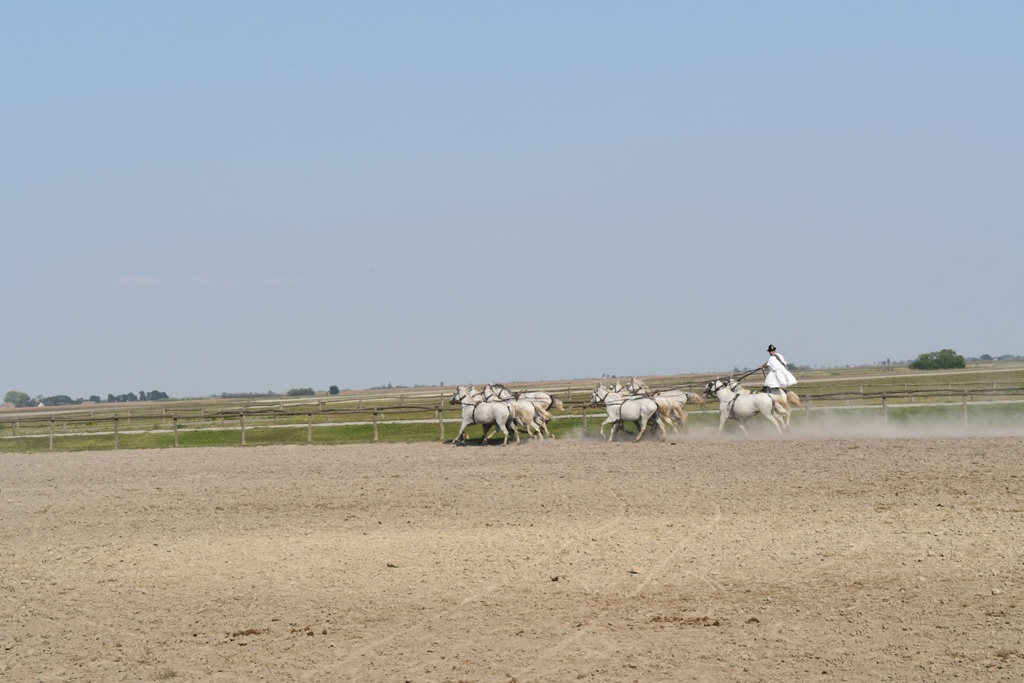
Notice there is nothing but the reins holding the horses...
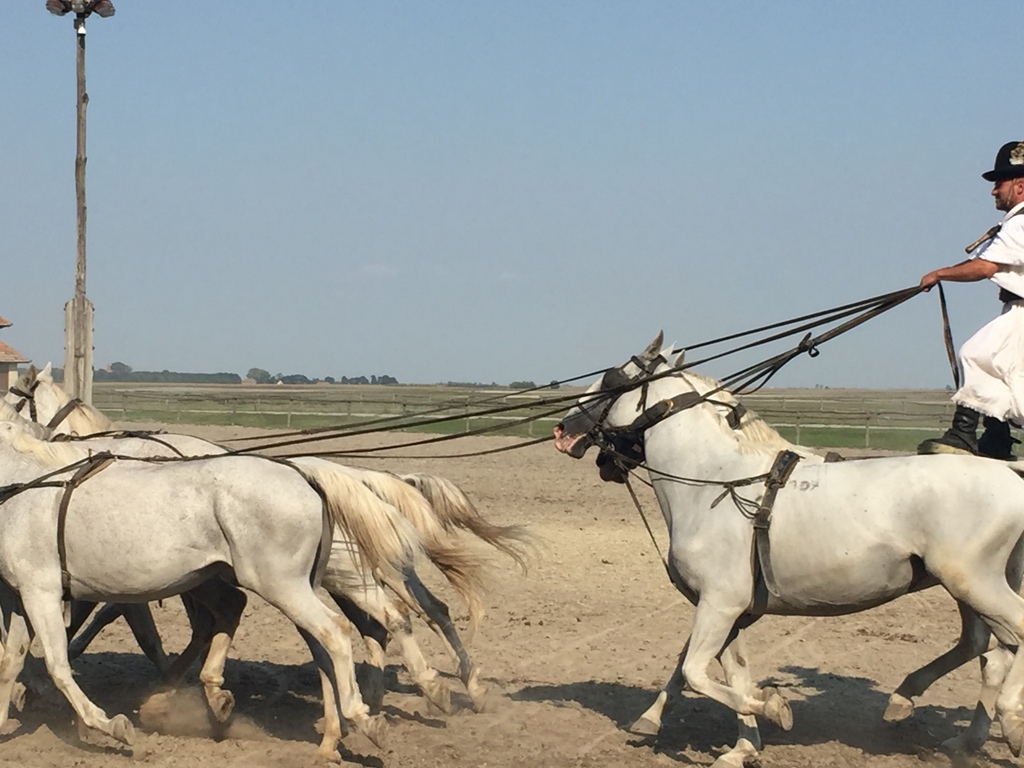
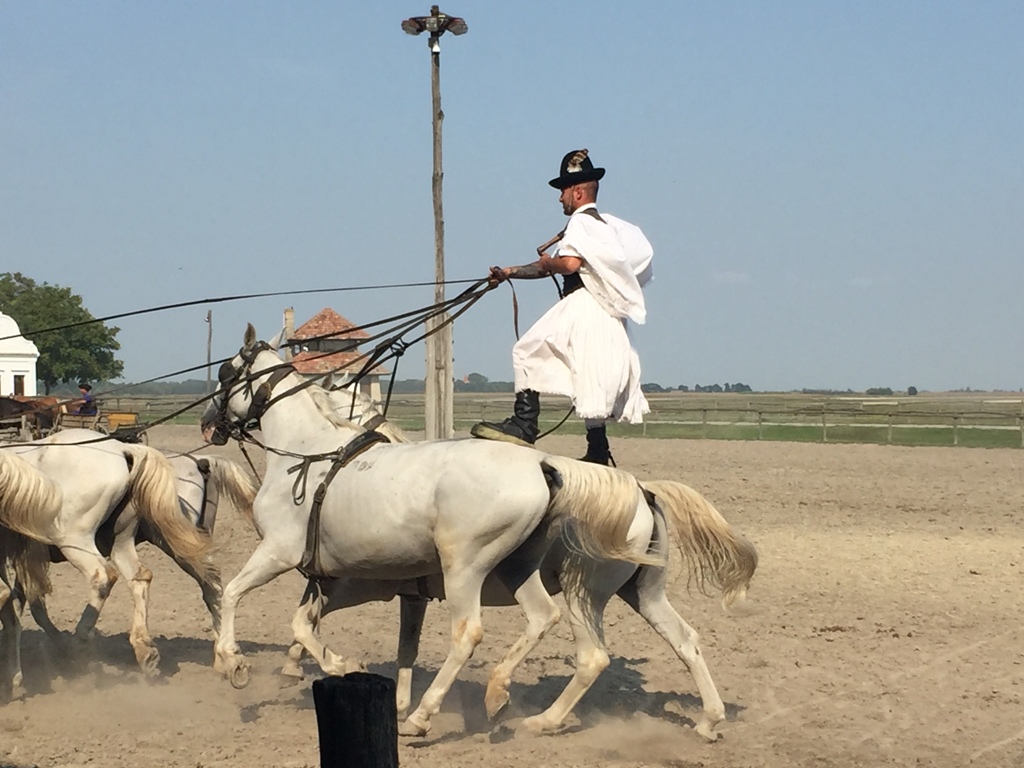
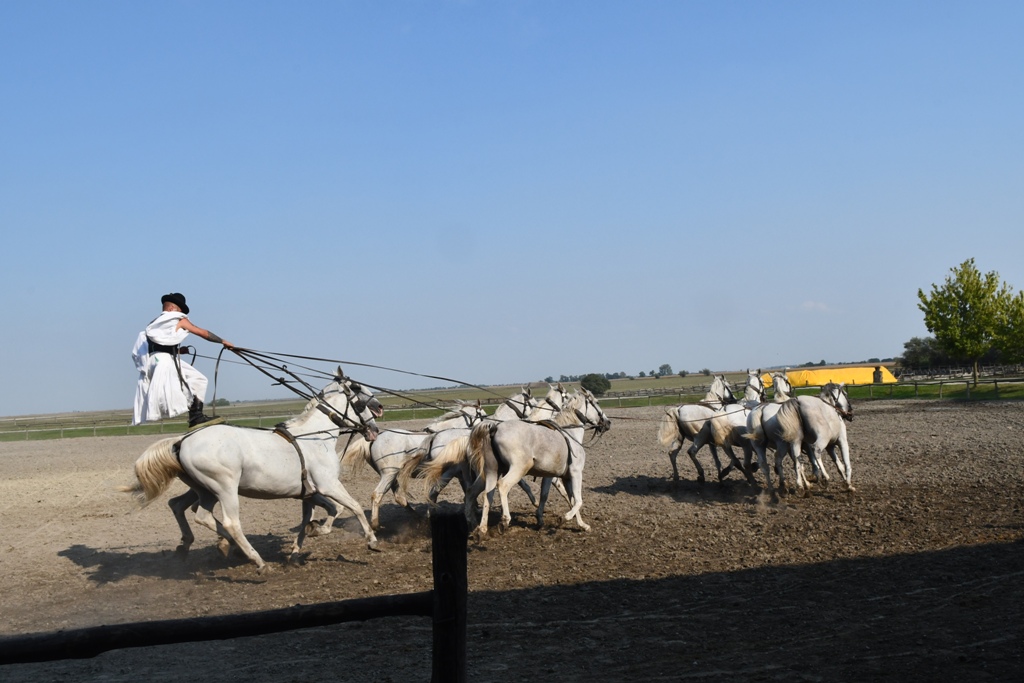


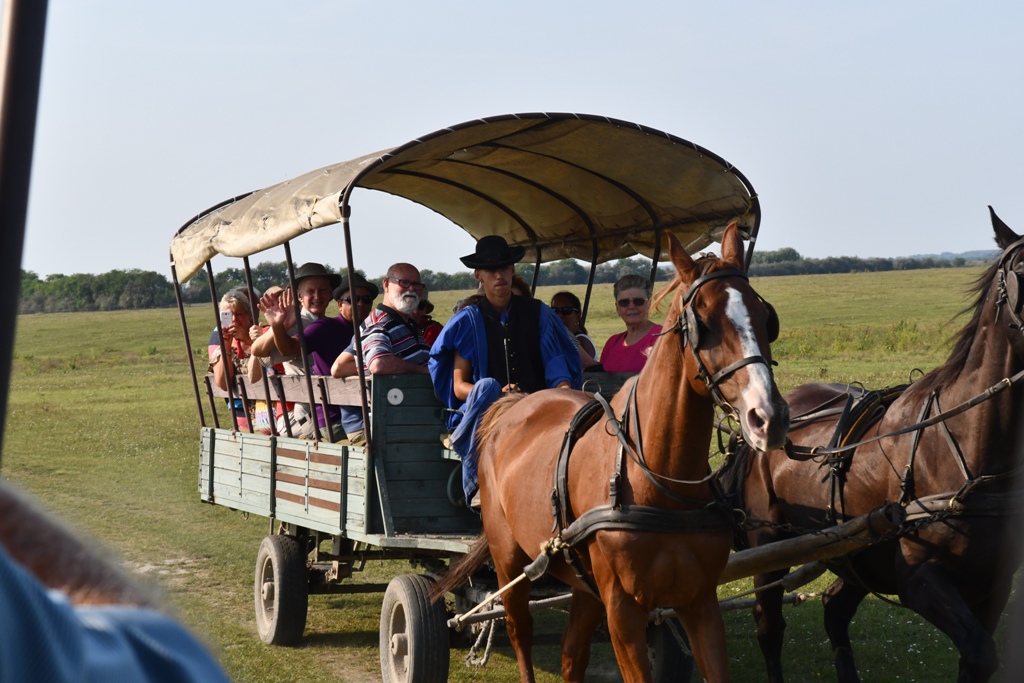
Next we went on a buggy ride
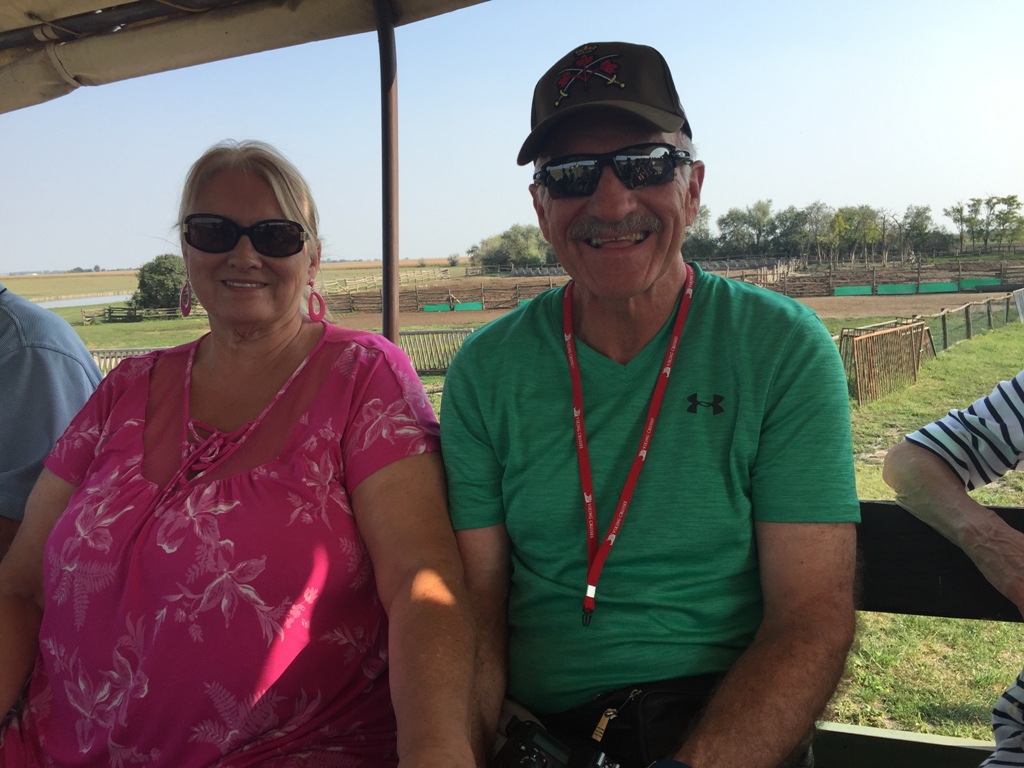
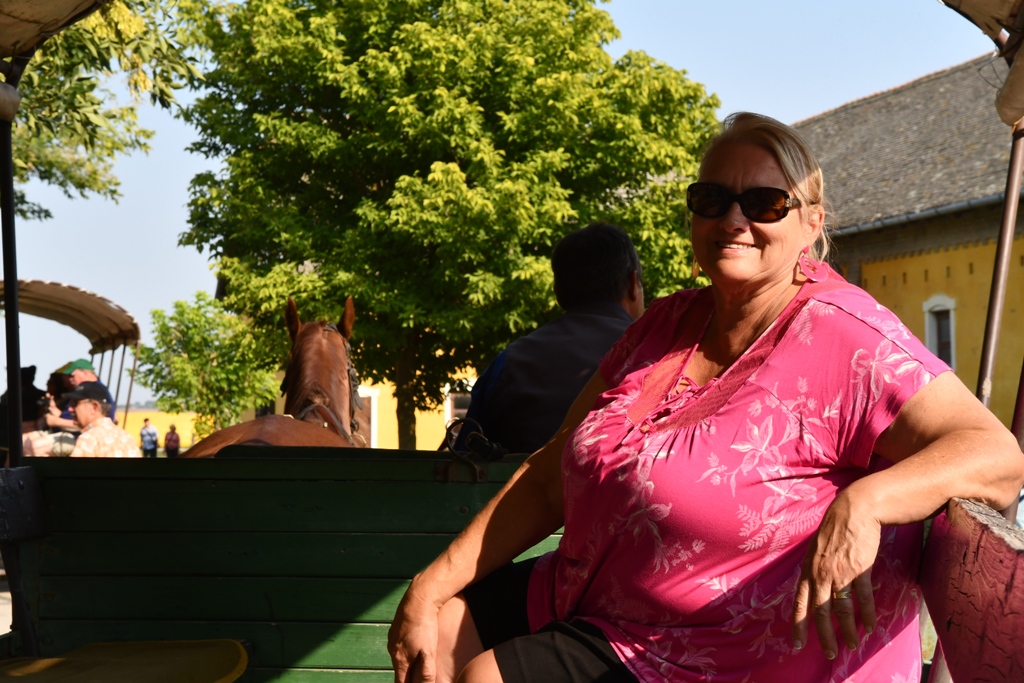
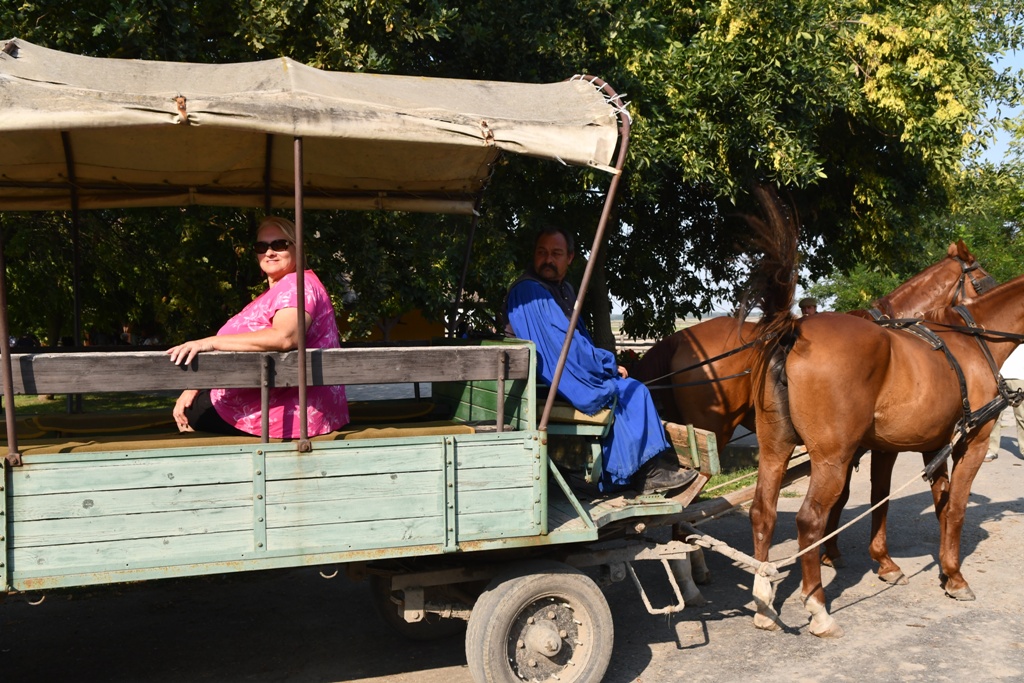
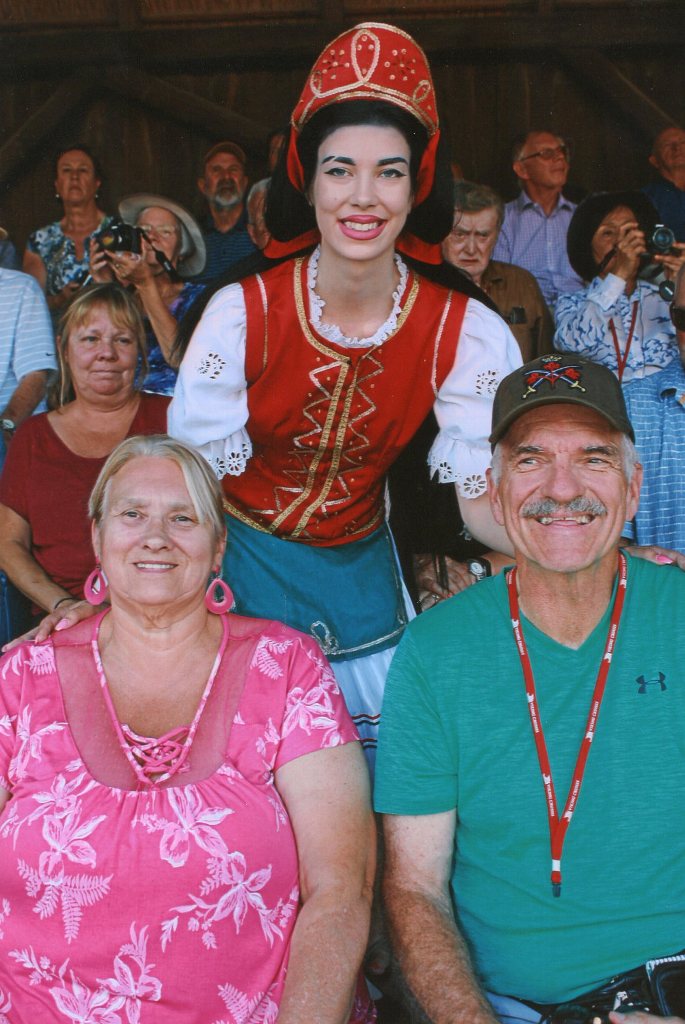

After the whipping that Sharon got, I asked her if I should look into buying one for .....and before I could finish the sentence, I fear, if she had a whip, I'd be feeling it.
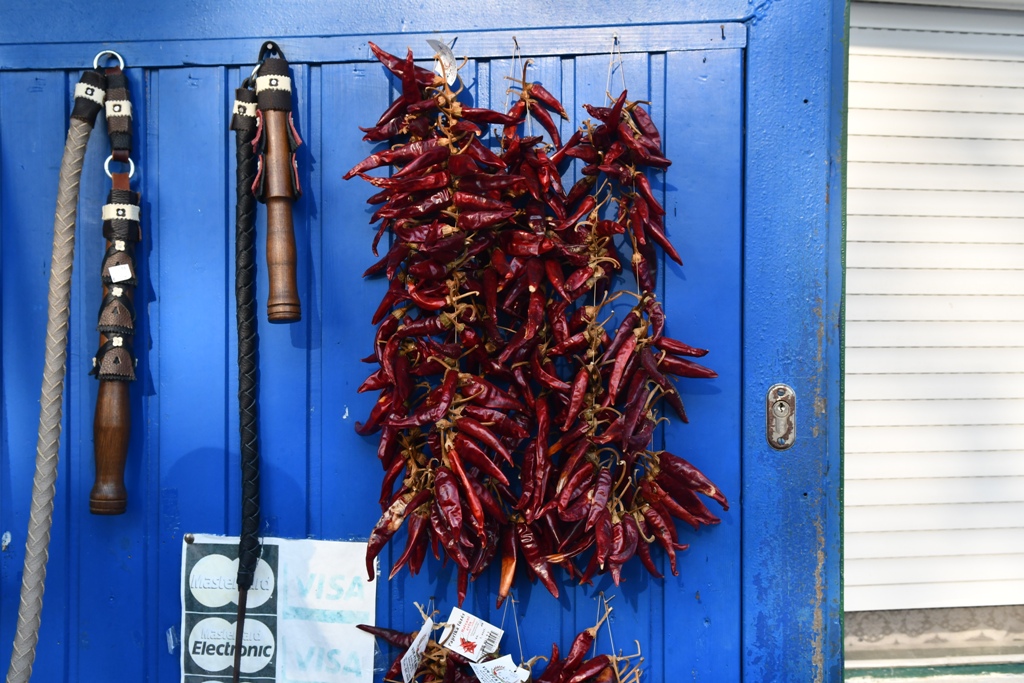
We had a tour guide "in training" (her assessor was sitting beside her). She is only 15. She was so mature. I think of our grandkids and wonder if they would be/could be, this mature.
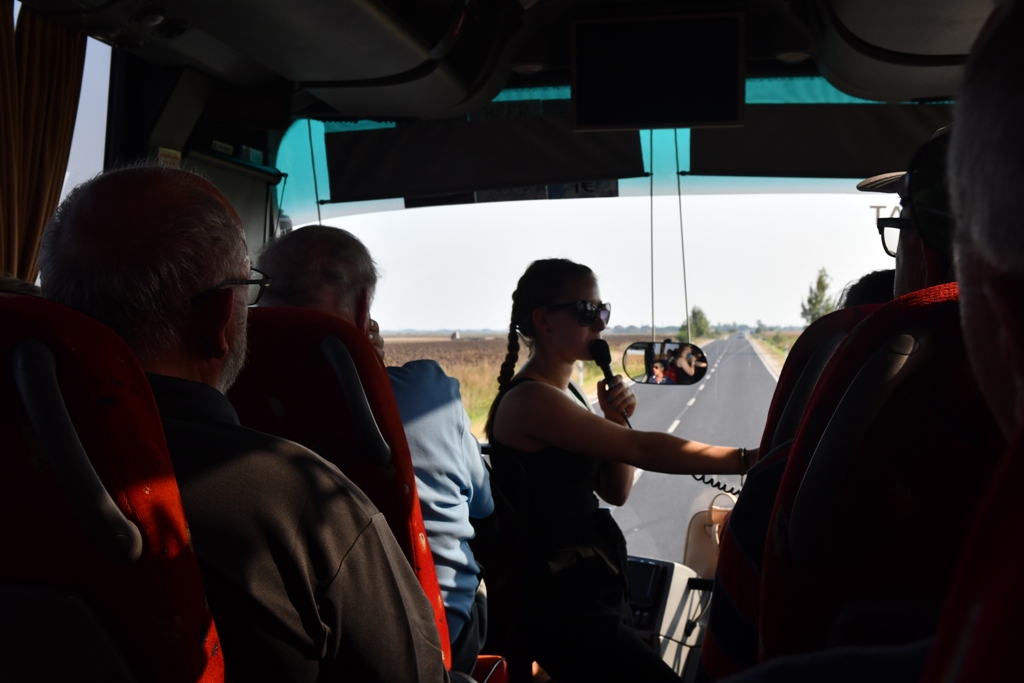
The Assumption Cathedral also called Kalocsa Cathedral is a religious building of the Catholic church that serves as the cathedral of the Archdiocese of Kalocsa-Kecskemét, located in the city of Kalocsa, in Hungary. In 1050 the first church was built; it was destroyed several times over the centuries. The current cathedral was built on the remains of the previous churches, and was built between 1728 and 1774 in Baroque style.
The figures on top depict the Assumption. She was being taken into heaven surrounded by Angels.
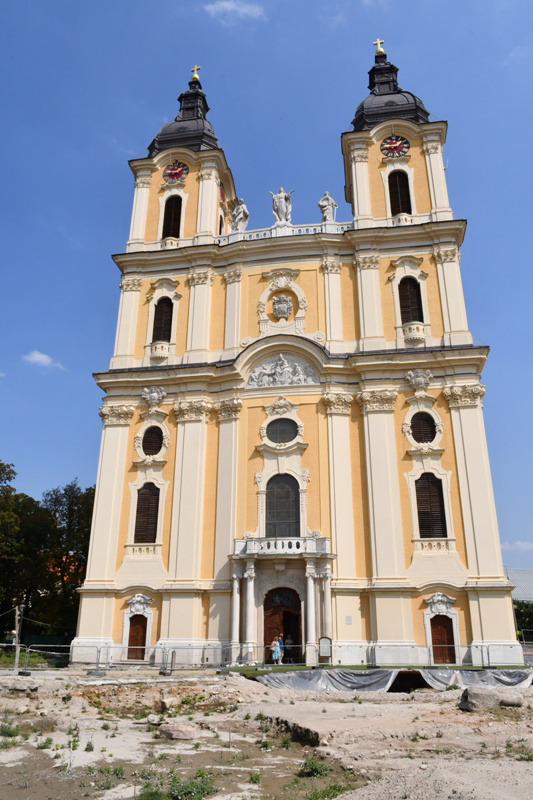
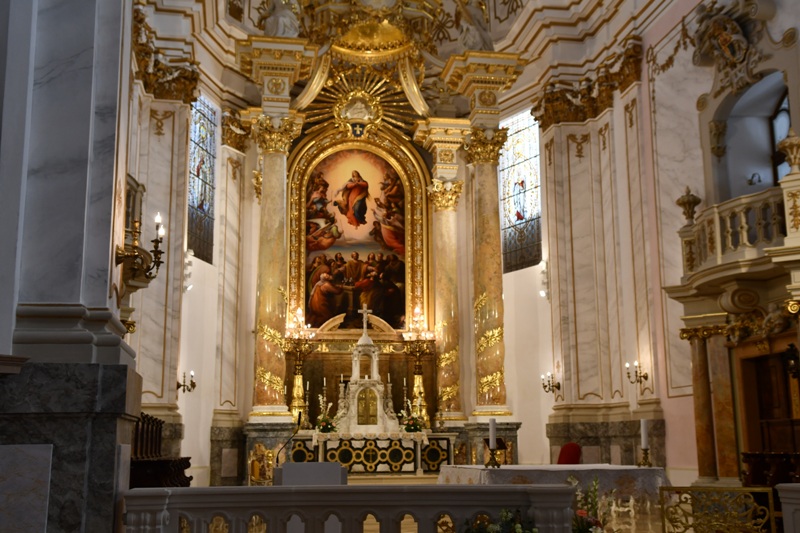
Figures in front of the main altar represent kings Stephen I and Ladislas I. I only captured King Stephen I. He brought Christianity to Hungary. Ladislas I was in the crusades. Stephen established at least one archbishopric, six bishoprics and three Benedictine monasteries; thus the Church in Hungary developed independently of the archbishops of the Holy Roman Empire. He encouraged the spread of Christianity with severe punishments for ignoring Christian customs. His system of local administration was based on counties organized around fortresses and administered by royal officials. Hungary, which enjoyed a lasting period of peace during his reign, became a preferred route for pilgrims and merchants traveling between Western Europe and the Holy Land or Constantinople.
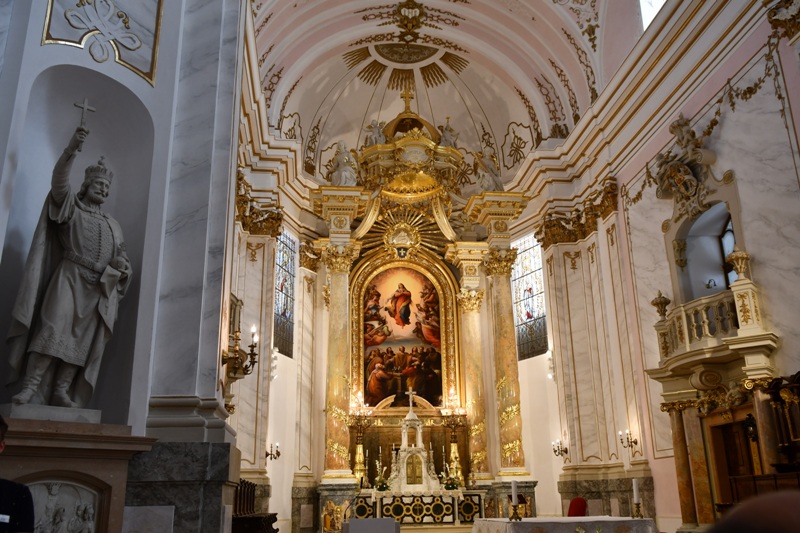
Many of the tours met here as this was a major attraction.
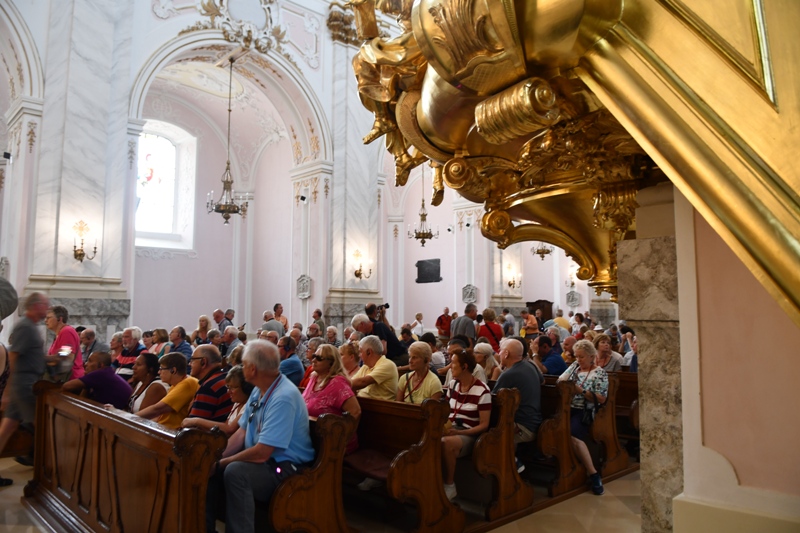
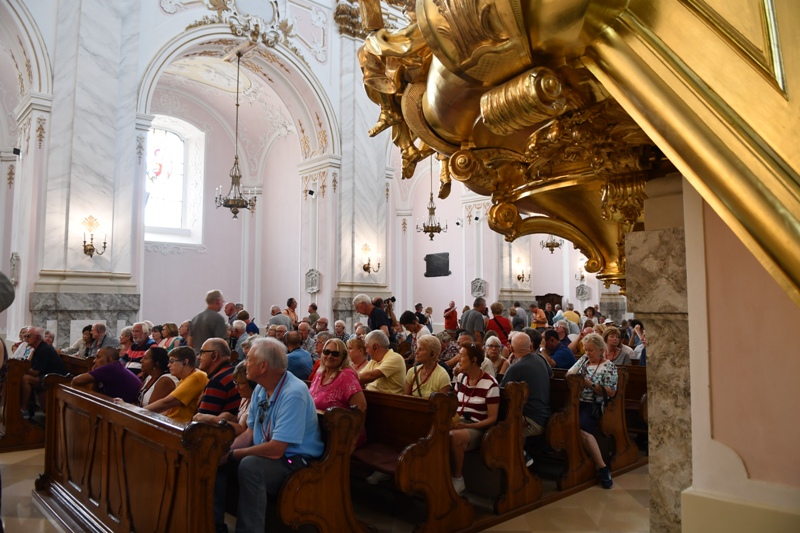
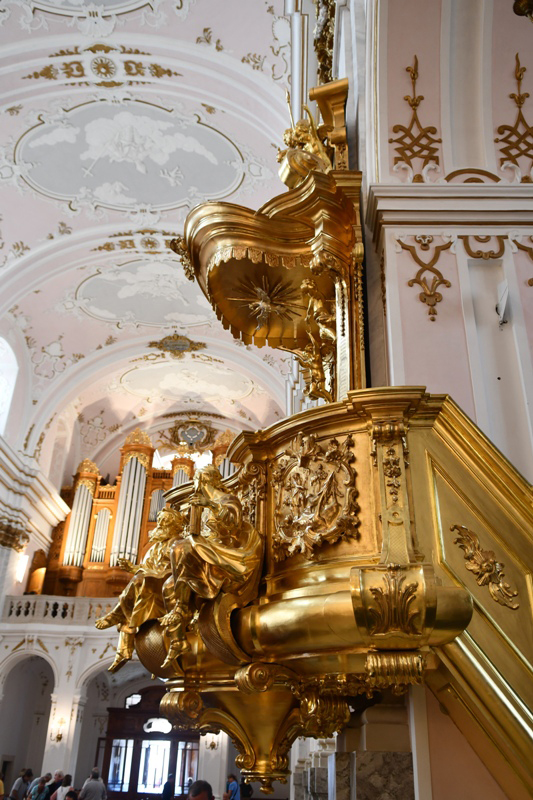
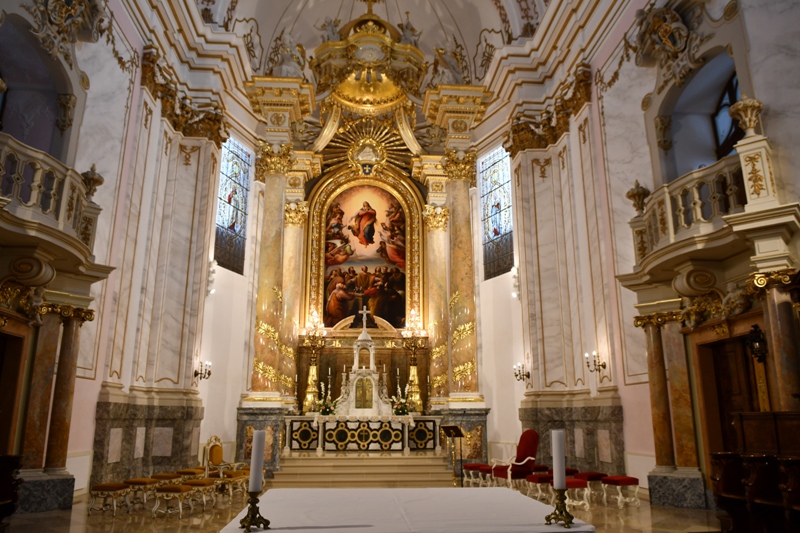
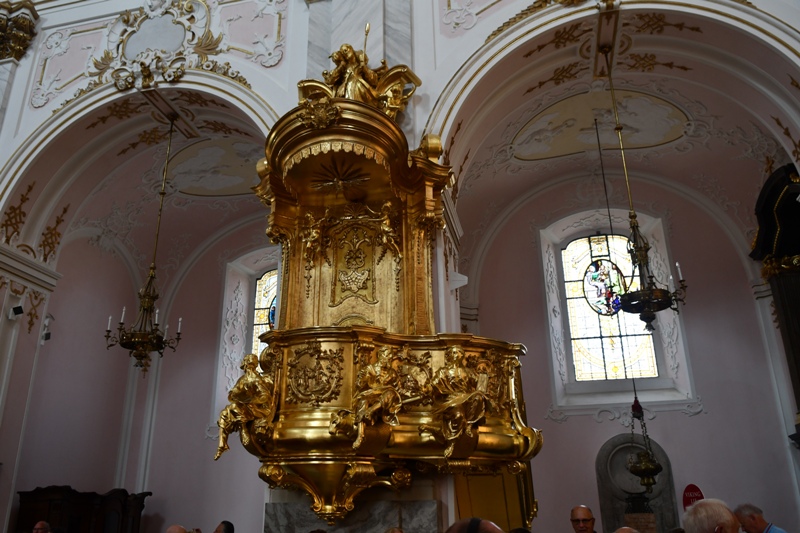
We were treated to an organ concert from the cathedral’s reconstructed organ (1928) whose original organ was made by the Angster Company from Pecs. The original pipes were used for military purposes during World War I. The present organ is a 64 register, three-manual organ with pedals and 4668 pipes. (József Angster ((7 July 1834 – 9 June 1918)) was a Hungarian organ making master and founder of the Angster dynasty, one of Central Europe's most sought after in the craft, an important figure in Hungarian applied arts history.)
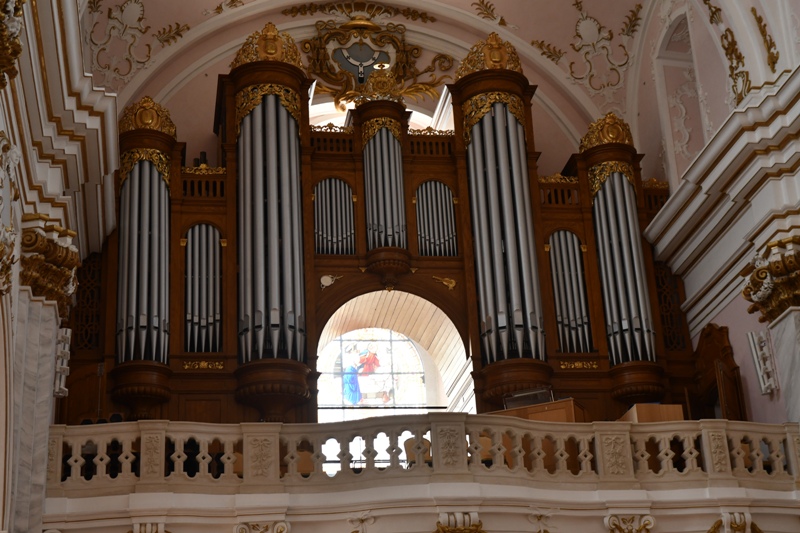
The home of the archbishop. Some questions were asked as to why the building was done in "yellow"? Some speculation was that the queen's favorite color was yellow, another idea was that yellow was the cheapest color at that time.
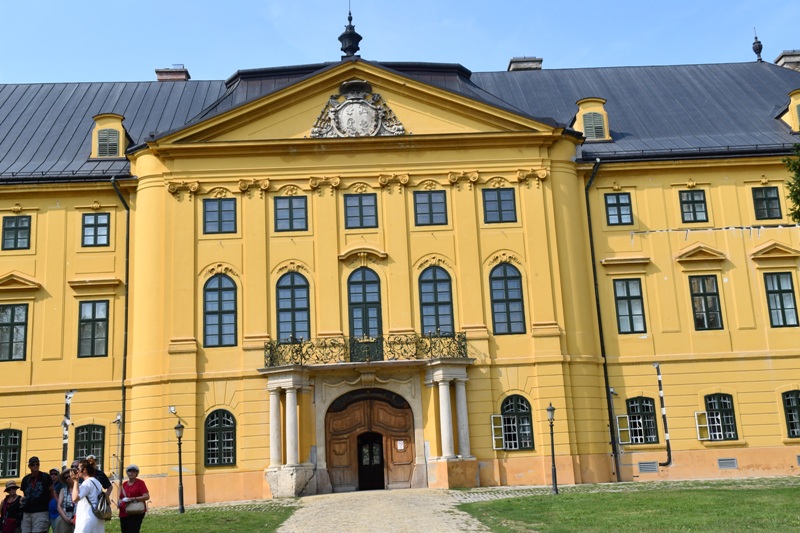
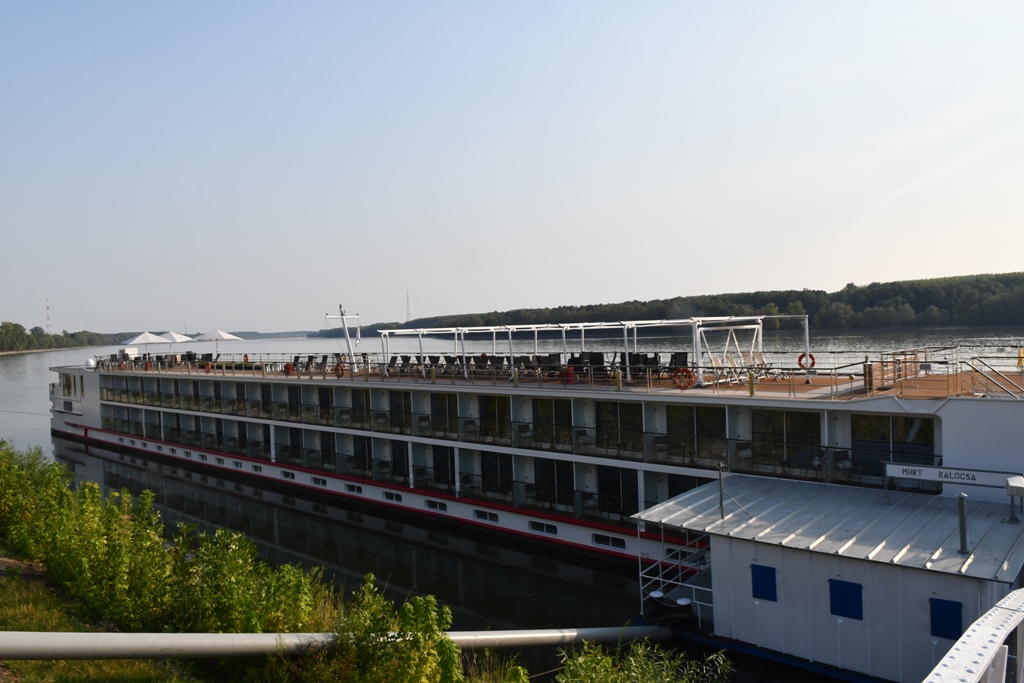
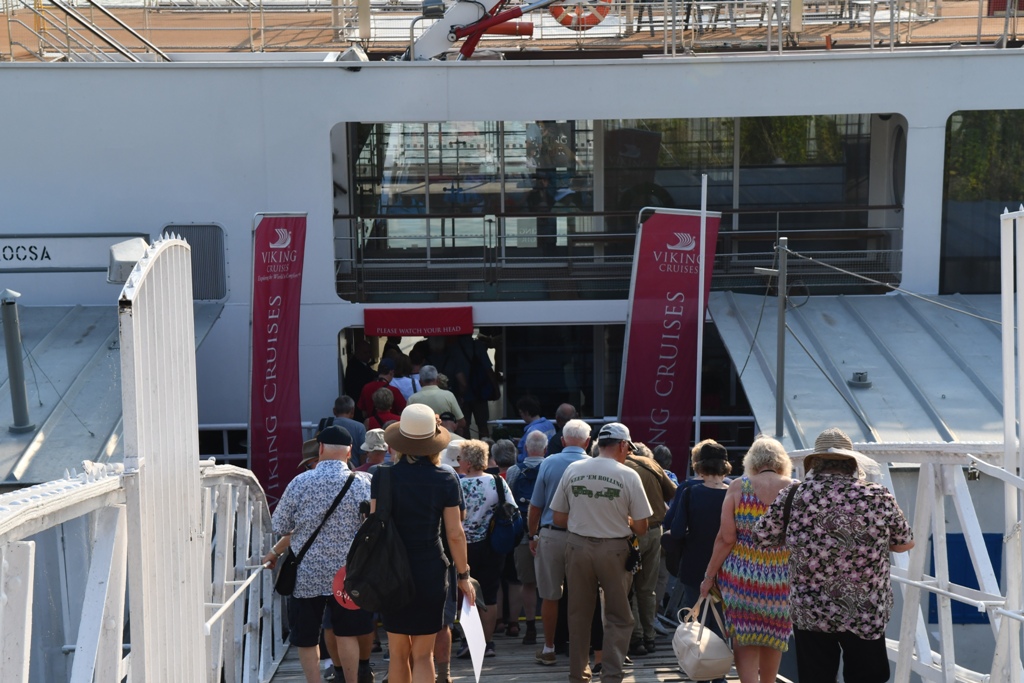
Can't remember why we took this picture, but we're smiling ;)
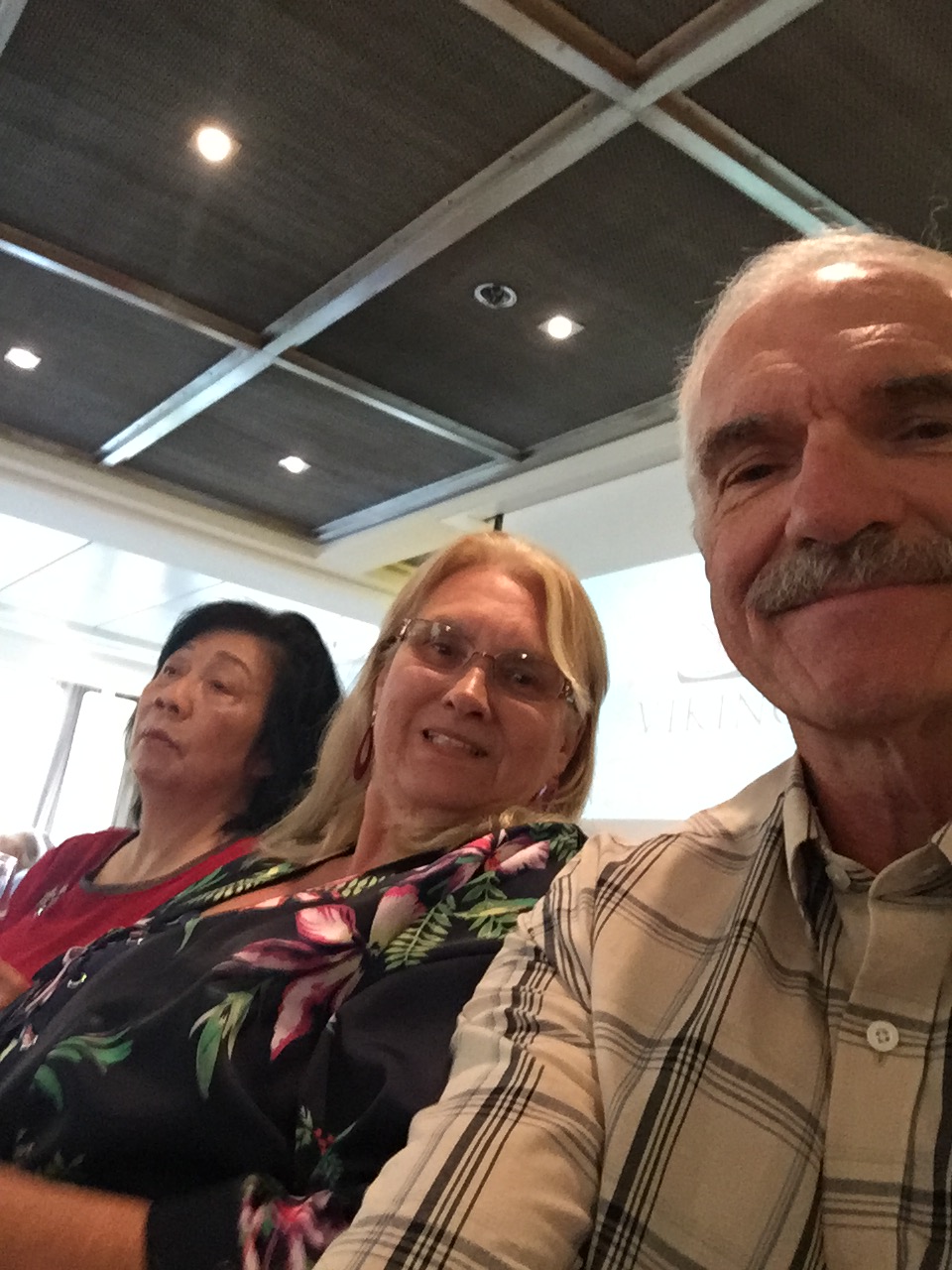
For the last few days of the cruise, we seemed to always be with These two couples. Starting with Sharon- there is me, to my left, is Shirley and Bob then George and Gloria. A note about Bob is that his twin also came on this cruise. These two couples were up beat and always positive. Believe it or not, I was dancing with Sharon as Shirley and Bob were also lighting up the dance floor. If you guys get this far in the website: thanks for helping make this trip a good time.
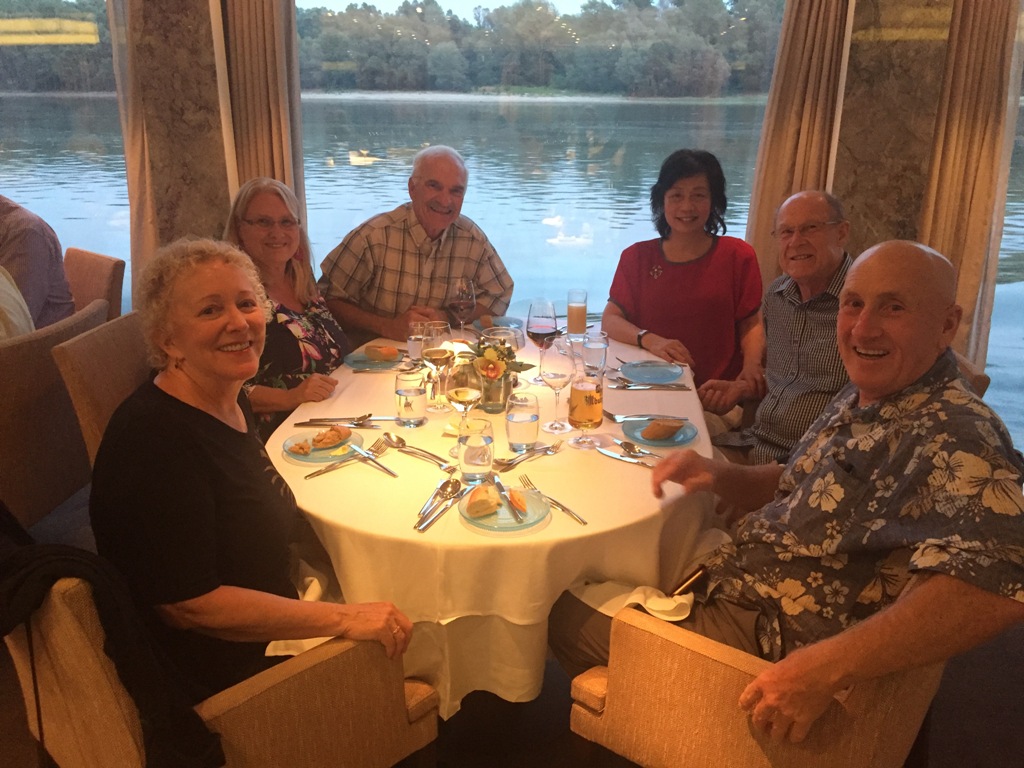
Any cruise or any restaurant meal is only as good as your waiter. Gabriel was the best. He made the meal fun. If you needed something special, he organized it and hunted until he was able to find that extra little something.

Back to Passage to Eastern Europe click here
.jpg)
.jpg)
.jpg)



